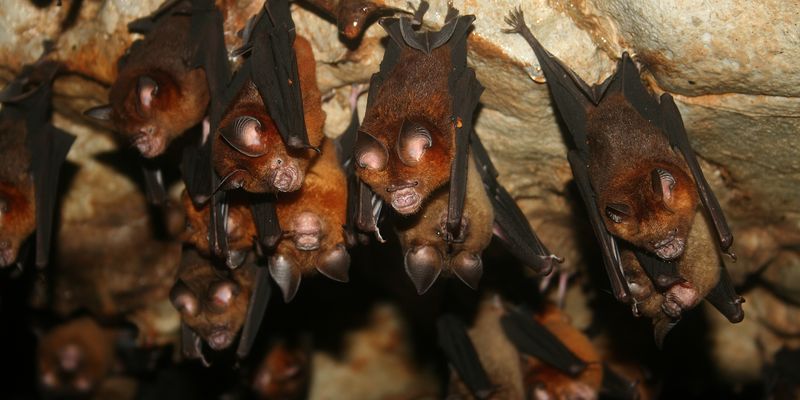Data use
Study: More than 60,000 people in Southeast Asia may be infected with SARS-related coronaviruses every year
Published 8/9/2022
New research offers risk assessment that estimates the risk of human infections from SARS-related coronaviruses originating in 23 bat host species across Southeast Asia

In a new study led by EcoHealth Alliance and published in Nature Communications, researchers estimate that more than 66,000 people in Southeast Asia are directly infected each year with SARS-related coronaviruses (SARSr-CoV) originating in 23 bat species.
These same viruses have caused massive disruptions to global health and commerce since the emergence of SARS in 2002, MERS in 2012 and COVID-19 in 2019.
SARSr-CoV spillovers from bats are thought to have occurred via intermediate hosts, such as domestic food animals or wild animals in close contact with humans, but recent evidence also points to direct human-bat transmission. Many infections that produce mild or no symptoms with little human-to-human transmission may go undetected, but they still represent an opportunity for viral adaptation and a risk of improved human-to-human spread.
To estimate the risk of human infection with SARSr-CoVs, the authors of this study used a probabilistic assessment building on an established framework that defines risk as a product of:
- the number of people living within a consensus area
- the probability of close contact between human and bat
- the probability that the contact leads to a detectable infection
- the likelihood that detection is due to an infection within the previous year
The authors derived maps of areas of habitat for 26 known bat SARSr-CoV host species occurring in Southeast Asia from IUCN range maps that were refined by habitat suitability and verified with GBIF-mediated occurrence data. The results comprise a consensus area of SARSr-CoV-carrying bats that spans more than 5 million km² and is home to nearly 500 million people.
Incorporating data from literature on human-bat contacts, virus-positive blood samples from humans reporting bat encounters, and human SARS antibody duration, the authors estimate that within this consensus area, a median of 66,280 people are infected with SARSr-CoVs every year.
The findings and accompanying maps may improve public health measures, pandemic preparedness, and prevention for future outbreaks by identifying the regions most at risk and encouraging targeted surveillance and early detection of spillover events and identification of novel bat coronaviruses.